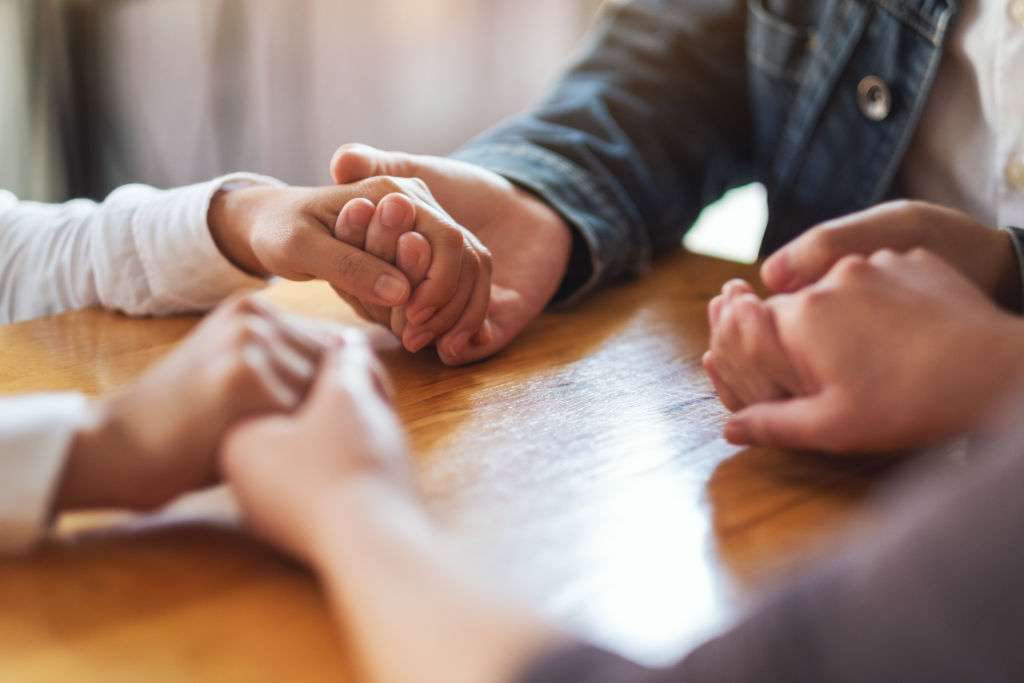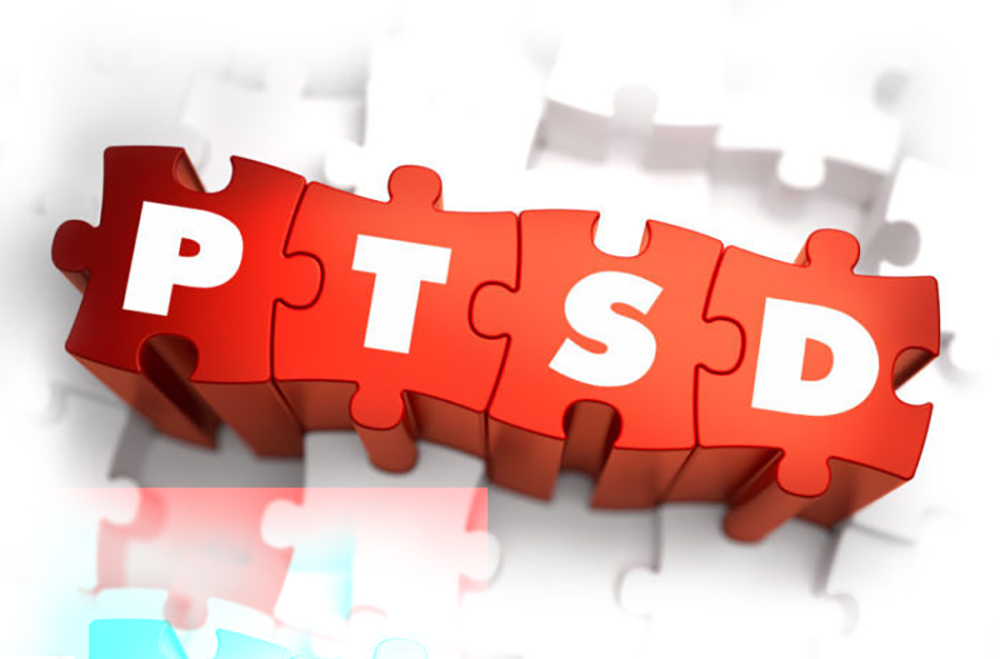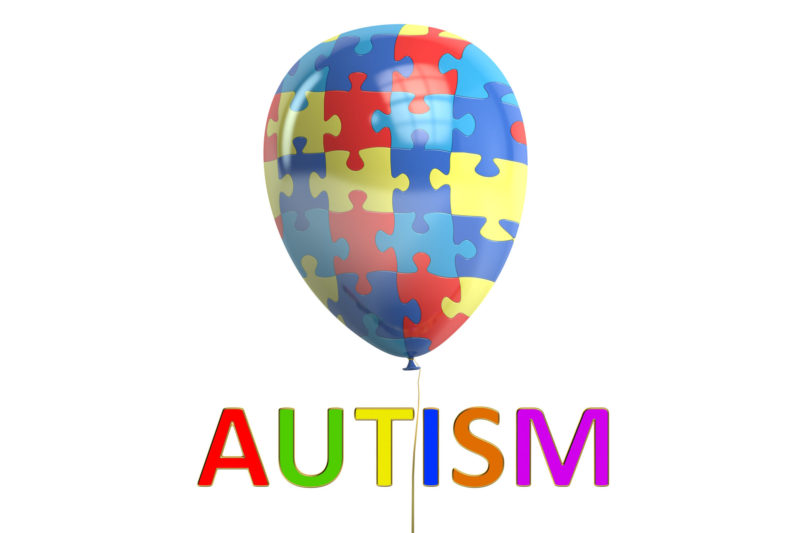Maintaining Recovery from Substance Use Disorders During the COVID-19 Pandemic
Written by: Anton Bizzell, MD
The global COVID-19 pandemic has had a profound impact on health care delivery systems and on patterns of social support worldwide, creating an unprecedented set of challenges for individuals in recovery from substance use disorders (SUDs). In addition to managing the situational anxiety many people are facing with the unknowns of the pandemic, the social distancing that is vital to reduce the spread of the virus and protect vulnerable people, leaves individuals in recovery physically isolated from their health care providers and support system. Some people with SUDs may be at higher risk of relapsing with extended periods of time at home, uncertainty about work or finances, added stress on family relationships, or social isolation.
With this extraordinary situation, new resources and solutions are emerging to help people struggling with SUDs gain access to treatment in order to maintain their path to recovery.
New treatment access and guidelines during COVID-19. Health care and treatment of individuals with SUDs is evolving to meet the challenges of social isolation during the global pandemic:
- Telehealth: Most insurance companies are now covering telehealth services at the same rate as traditional in-person visits with health care and behavioral health providers. Providers use secure virtual platforms to conduct a confidential video assessment, and to provide any necessary prescriptions or referrals to additional virtual or in-person treatment.
- Take-home Medication-Assisted Treatment for Opioid Use Disorders: The Substance Abuse and Mental Health Services Administration (SAMHSA) has issued Opioid Treatment Program guidance for states to be granted an exception to administer 14 to 28 days of take-home medication to individuals in an Opioid Treatment Program. This new guidance improves access to evidence-based Medication-Assisted Treatment for individuals with opioid use disorders (OUDs).
- Treatment for Alcohol Withdrawal: The American Society of Addiction Medicine (ASAM) has issued a Clinical Guideline on Alcohol Withdrawal Management. Some states have closed liquor stores as part of COVID-19 restrictions, resulting in limited access; at the same time, individuals experiencing alcohol withdrawal may also have limited access to treatment and withdrawal management programs. The ASAM Guideline advises clinicians in decision-making and treatment, improving care for these individuals struggling with alcohol use and alcohol withdrawal.
Virtual support during COVID-19. Many new resources are available to help individuals in recovery access support virtually:
- SAMHSA Virtual Recovery Resources: SAMHSA notes that during the social distancing and isolation of COVID-19, it is still vital to continue social connections when recovering from SUDs and mental health conditions. This Tip Sheet describes resources for individuals in recovery and gives guidance for setting up a virtual recovery meeting.
- National Alliance for Mental Illness (NAMI) COVID-19 Resource and Recovery Guide: Mental health support is a vital component of recovery. NAMI provides helpful tips for managing concerns about the virus, accessing virtual support, developing healthy daily routines, maintaining social support, and prioritizing self-care.
- Alcoholics Anonymous Options for Meeting Online: During COVID-19, many Alcoholics Anonymous groups are exploring alternate ways to continue the community of support for recovery. This may involve phone calls, email, social media, and virtual meetings on digital platforms. Alcoholics Anonymous encourages groups to decide what will work best for them and provides information for groups making this change.
- Virtual Narcotics Anonymous: This collaborative resource helps people find online and phone meetings of Narcotics Anonymous around the world. Narcotics Anonymous is for people who have any SUD and want support in their recovery.
Healthy habits to support recovery during COVID-19. Some people in recovery have found it helpful to take this time of social distancing to focus on healthy habits that will support recovery. These can include:
- Manage News Consumption
- Check only established, reliable news sources. Set a timer to limit the amount of time you are reading the news. Avoid checking the news within one hour before bedtime, and instead focus on relaxing activities.
- Get Ample Rest
- Get at least 7-8 hours of sleep each night. Make sure that your sleeping area is used only for sleep. Use calming routines at night such as reading, taking a bath, or talking with a friend.
- Develop and Maintain a Daily Routine
- Keep a routine of getting up and getting dressed on a regular schedule each day. Set your alarm and start your day with a walk outside or your favorite breakfast. Take a shower, get dressed, and write out a plan for how you will spend your day.
- Exercise Daily
- Get daily exercise, even if it is just a gentle walk or simple stretches. If you usually go to a gym, look for online exercise programs such as yoga, dance, chair exercises, or even a boot camp routine. Start a virtual exercise routine with a friend so that you can encourage and support each other.
- Schedule Time to Connect with Loved Ones
- Schedule time for social connections each day, whether by phone, video, email, or text. Look for shared activities such as a book club, art activities, virtually movie night, or cooking that you can enjoy together remotely. Focus on connections with the people you can have honest conversations with about your feelings and struggles.
- Other Mental Health Exercises
- Choose activities that will support your mental health, including breathing exercises, journaling, or meditation. Look for online books and workbooks on Cognitive Behavioral Therapy (CBT), Acceptance and Commitment Therapy (ACT), and Mindfulness, to help you manage your thoughts, worries, and behaviors during this challenging time. Notice what feels relaxing and restful for you, and intentionally choose those activities.
The COVID-19 pandemic has created new challenges for individuals in recovery; it has also fostered creative new approaches to treatment and support, many of which are reaching people in new ways that may continue beyond the end of social distancing. With continued integration of treatment, virtual support, and healthy habits, recovery can continue.
The Bizzell Group (Bizzell) was founded by President & CEO Anton C. Bizzell, M.D., a leading substance use disorders (SUDs) expert and former Medical Officer for the U.S. Department of Health and Human Services (HHS). Dr. Bizzell was selected as Maryland’s 2020 Small Businessperson of the Year by the U.S. Small Business Administration (SBA). Bizzell’s recent work includes systematic, integrated approaches designed to effect lasting change in the field of SUDs through work with the National Institute on Drug Abuse (NIDA), the National Cancer Institute (NCI), the Substance Abuse and Mental Health Services Administration (SAMHSA), the Food and Drug Administration (FDA), the Centers for Disease Control and Prevention (CDC), and the United States Chamber of Commerce Foundation (USCCF). Learn more about how we develop data-driven, research-informed, innovative solutions to SUDs and other complex-real-world challenges: https://BizzellUS.com/




